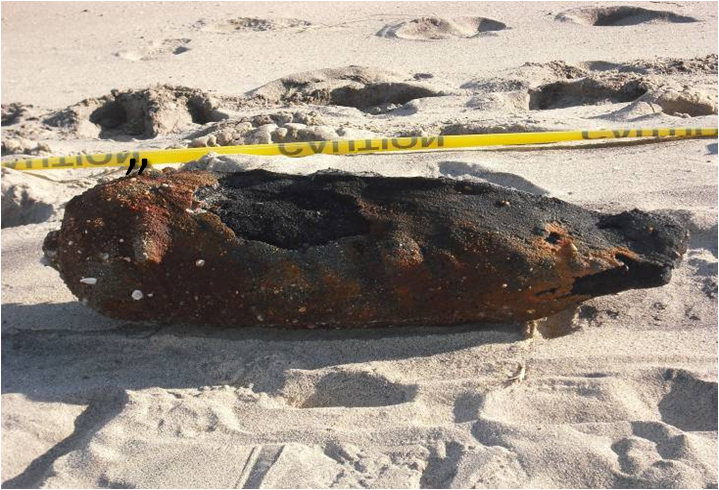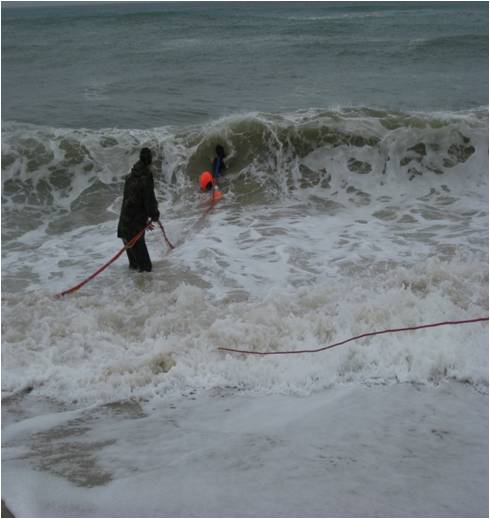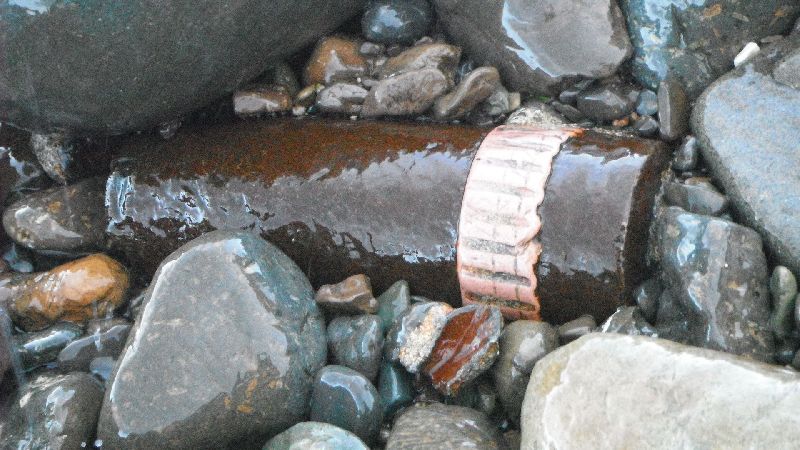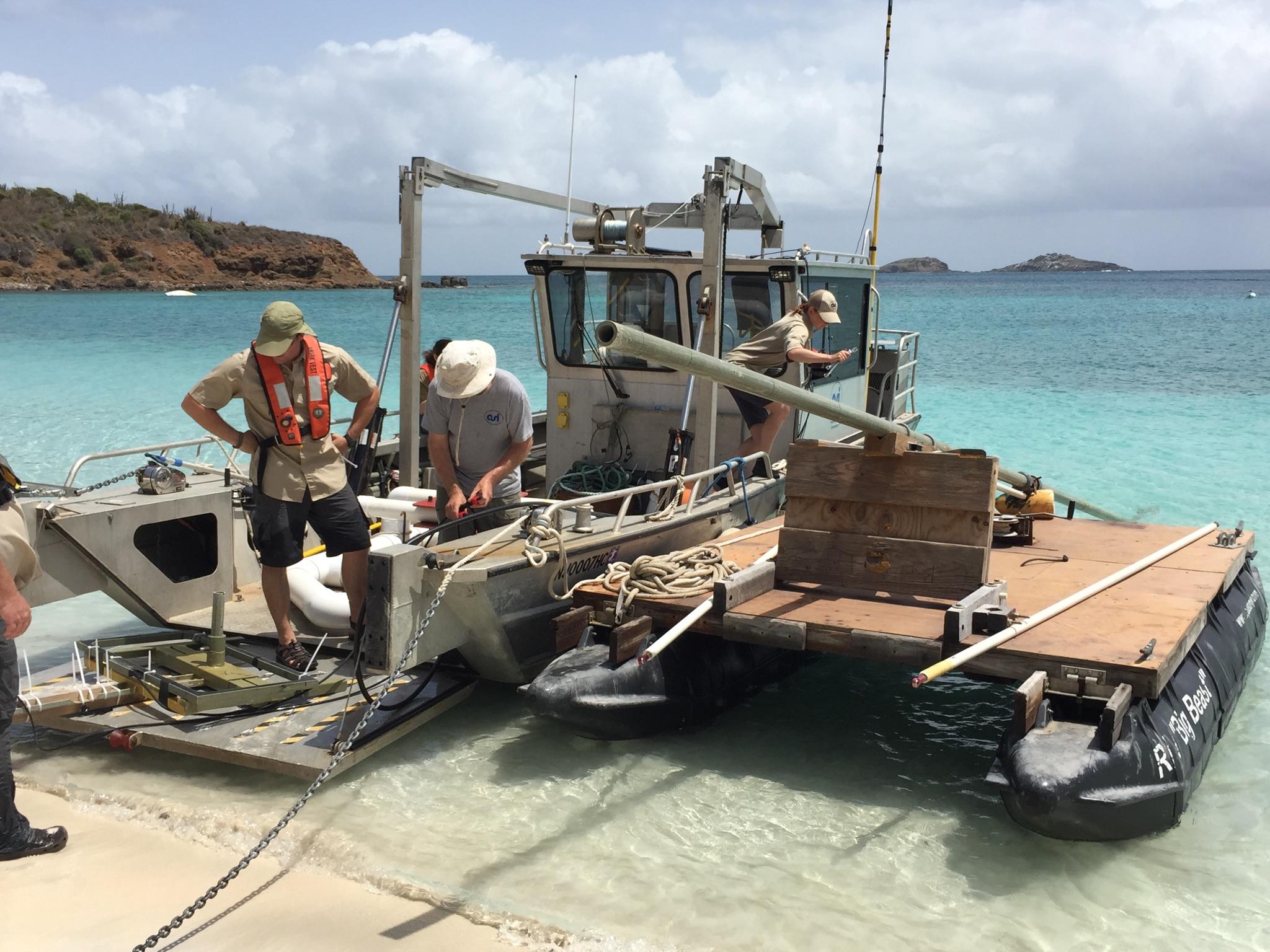



During the past two centuries some activities supporting military readiness have caused environmental contamination within the U.S. on both former and current installations, and its territories. The Department of Defense, the U.S. Army, and the U.S. Army Corps of Engineers are committed to protecting human health and the environment and improving soldier and public safety by cleaning up these properties.
Program Development
In 1986, Congress established the Defense Environmental Restoration Program in Section 211 of the Superfund Amendments and Reauthorization Act. Section 211 of SARA was codified in Title 10 of the U.S. Code, Section
2701. The program goals are: identify, investigate and clean up hazardous contaminants; correct the environmental damage, such as detection and disposal of unexploded ordnance; and demolish and remove unsafe buildings and structures. Under DERP are three program categories: the Installation Restoration
Program, the Military Munitions Response Program and the Building Demolition/Debris Removal Program. The estimated MMRP work at Formerly Used Defense Sites will comprise a much larger cost than the remaining work under the other two program categories. Work has also grown through time to conduct MMRP work on active installations and base closure installations.
Design Center
The U.S. Army Engineering and Support Center, Huntsville has two Design Centers for MMRP, one for conventional and one for chemical warfare materiel ordnance. These Design Centers have a mission to: Protect the lives and safety of citizens and soldiers by locating, removing and disposing of munitions on past and current military installations.
The Conventional Design Center’s role is to plan, manage and execute MMRP projects, while the Chemical Warfare Materiel Design Center executes all projects involving CWM. The military munitions response projects executed by the Design Center are for:
- Formerly Used Defense Sites throughout the United States and territories
- Base Realignment and Closure installations with military munitions contamination
- Active Installation range maintenance, design and construction projects
Huntsville’s Design Center’s goal at Installations, FUDS and BRAC MMRP sites is to reduce in a timely, cost-effective manner, the risk to human health, safety and the environment of hazards that have resulted from past DOD activities. The center applies rigid safety standards and uses contractor personnel highly qualified in munitions and explosives of concern, munitions constituents’ removal. Center personnel who oversee safety have specialized military training and extensive specialized experience.
A team of engineers and other specialists’ study eligible sites throughout the country to determine if MEC or MC contamination exists. In cooperation with local USACE districts, public officials, regulatory agencies, interested citizens and other stakeholders, Huntsville Center leads the team to identify MEC and MC, determines the potential danger, develops a plan to remove the MEC/MC and/or reduces the risk and oversees the execution of that plan. The local geographic district serves as the overall project manager for the investigation and response actions and handles the real estate and public involvement responsibilities. Headquarters USACE oversees the FUDS program and provides approval and funding.
The Army Corps of Engineers executes MMRP response actions in the following phases:
• Preliminary Assessment • Site Inspection • Remedial Investigation/Feasibility Study • Remedial Design/Remedial Action.
The phases described above are followed during the remedial process. If an imminent hazard is discovered during any phase, a removal action may be initiated to address the immediate hazard.
The Huntsville Design Center also supports range maintenance and clearance of munitions and explosives of concern and munitions constituents at active ranges to support construction and weapons demilitarization projects. Since World War I to present, the activity of training America’s war fighters has occurred continually on active military training and weapons system ranges. MEC and Range Related Debris exist on these ranges and create safety issues for construction of new ranges, maneuvering and range maintenance.
The Design Center also has a mission of supporting the Army in the development of new ranges and maintenance of existing ranges. The Design Center has a team focused on supporting the Army’s mission to upgrade and build ranges from the initial design through the construction.
This is accomplished by supporting the Army with a site assessment to determine the risk of the area, providing recommendations for design adjustments, and supporting the installation with MEC clearance projects to ensure the land is safe for the new range’s construction. The goal of the Range Program is to have a range built in an area with a low risk of encountering MEC.
Download the Military Munitions Fact Sheet (PDF) here.